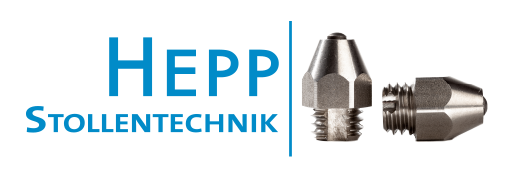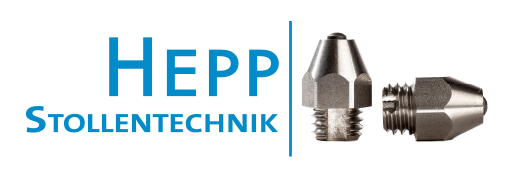Safety instructions
Safety Instructions for the Use of Studs in Horseshoes
Studs are used in equestrian sports to enhance a horse's traction and grip on various surfaces, especially under challenging or slippery terrain conditions. However, the use of studs requires special care and attention to ensure the horse's well-being and minimize risks. Here are important safety guidelines for using studs:
1. Choosing the Correct Stud Length
- Stud Length: Ensure that the studs are of the appropriate length. Studs that are too long can injure the horse when walking or running, while studs that are too short may not provide sufficient traction.
- Individual Adjustment: The length of the studs should always be tailored to the specific needs of the horse and the terrain. Longer studs are beneficial for particularly soft ground, while shorter studs are better suited for hard or firm surfaces.
2. Adapting to Terrain and Surface
- Terrain Dependency: Select studs based on the type of terrain the horse will encounter. Longer studs are useful in soft or muddy conditions, whereas shorter or specialized studs (e.g., those with broader tips) are more suitable for hard or compact surfaces to prevent slips or strain.
- Surface Types: Ensure the type of stud matches the surface you are riding on. Using the wrong studs can destabilize the horse.
3. Height and Requirements in Jumping Courses
- Jumping Courses: When used in show jumping, it is essential to choose studs that improve grip without endangering the horse.
4. Considering Weather Conditions
- Weather-Based Adjustment: Always adapt stud selection to current weather conditions. In wet or rainy weather, where the ground is slippery, longer and sharper studs may be necessary. For dry, hard ground or summer conditions, shorter studs are recommended.
- Ice and Snow Hazards: During winter months or icy conditions, use specialized studs with extra grip to minimize the risk of slipping or falling.
5. Regular Inspection and Maintenance
- Stud Condition Check: Regularly inspect the studs for wear and damage. Worn or damaged studs can destabilize the horse and increase the risk of injury. Ensure there are no sharp edges or cracks.
- Replacement and Adjustment: If the terrain changes, adjust or replace the studs accordingly. Regular checks are particularly important when frequently switching between different surfaces.
6. Individual Adjustment for the Horse
- Horse Training and Experience: Consider the horse's training and experience when using studs. For inexperienced or young horses, shorter studs should be chosen to avoid injuries and overstraining.
- Hoof Health: Ensure that studs do not unnecessarily strain the horse or lead to incorrect hoof loading. For horses with sensitive or problematic hooves, avoid studs or use them only under professional guidance.
7. Avoiding Overuse
- No Continuous Use: Studs should not be used continuously unless absolutely necessary, such as very short stud types like Type 1 or Type 25. Seek professional advice if needed.
- Performance-Based Adjustment: During intensive activities such as jumping or long terrain rides, regularly inspect and adjust the studs to prevent overuse.
8. Specialized Studs for Specific Needs
- Winter and Terrain Studs: For challenging conditions, such as deep muddy ground or snow and ice, use specialized studs that provide additional grip. However, these should only be used when truly necessary, as they may hinder the horse on firm or hard surfaces.
Conclusion:
The use of studs in horseshoes can significantly improve a horse's performance and safety on terrain, in jumping, or other demanding disciplines. It is essential that studs are chosen based on specific conditions (terrain, weather, obstacle height) and tailored to the individual horse to minimize injury risks and achieve the best performance.
Using studs may also pose additional risks. Their application is always at the discretion and responsibility of the rider or horse handler and should be undertaken with professional guidance when necessary.

